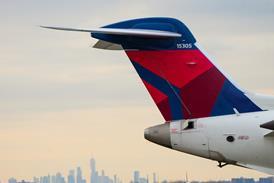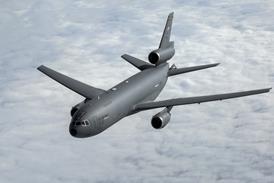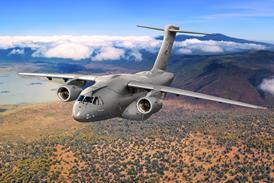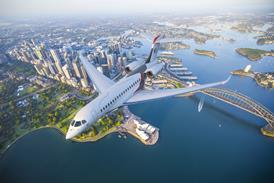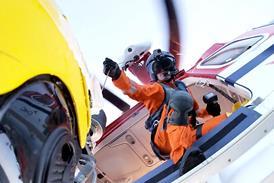Currently available statistics only reflect the amount of delays and the average time of delay. Few detail why an aircraft is late.
European airspace is divided into 240 sectors, each controlled by an ATC centre on the ground. An air traffic controller in each of the 39 ATC centres looks at a screen which varies in size relative to the amount of traffic that flows through the sector.
Normally, two controllers look after each sector. One watches aircraft, the other plans what is coming in and out. Sometimes a third liaises with the next sector controller. Mentally, a controller cannot cope with more than 45 aircraft at any one time. It is this mental constraint that limits airspace capacity.
On an imaginary flight from Dublin to Istanbul, the first restriction is the capacity limitations of Dublin airport. Second, the aircraft must not overload the capabilities of air traffic controllers, who are responsible for the airspace up to 24,000ft. Third, it has to keep within the limits of any of the upper airspace sectors. Finally, the aircraft must not exceed the capacity of the approach to Istanbul airport or that of the airport.
A flight plan with a take-off time and estimates of when the aircraft will go through each sector must be filed on the ATM-CFMU computer in Brussels, which checks that the aircraft will not exceed the capacity of any sector it flies through. If it does, it recalculates a time that the aircraft can fly through safely and gives it a new take-off slot.
On our imaginary flight, if the aircraft is sitting on the tarmac for 20min, this could be because of an ATC capacity overload in Switzerland. The statistics only show that the flight was delayed in Dublin because of ATC problems.
Source: Airline Business



